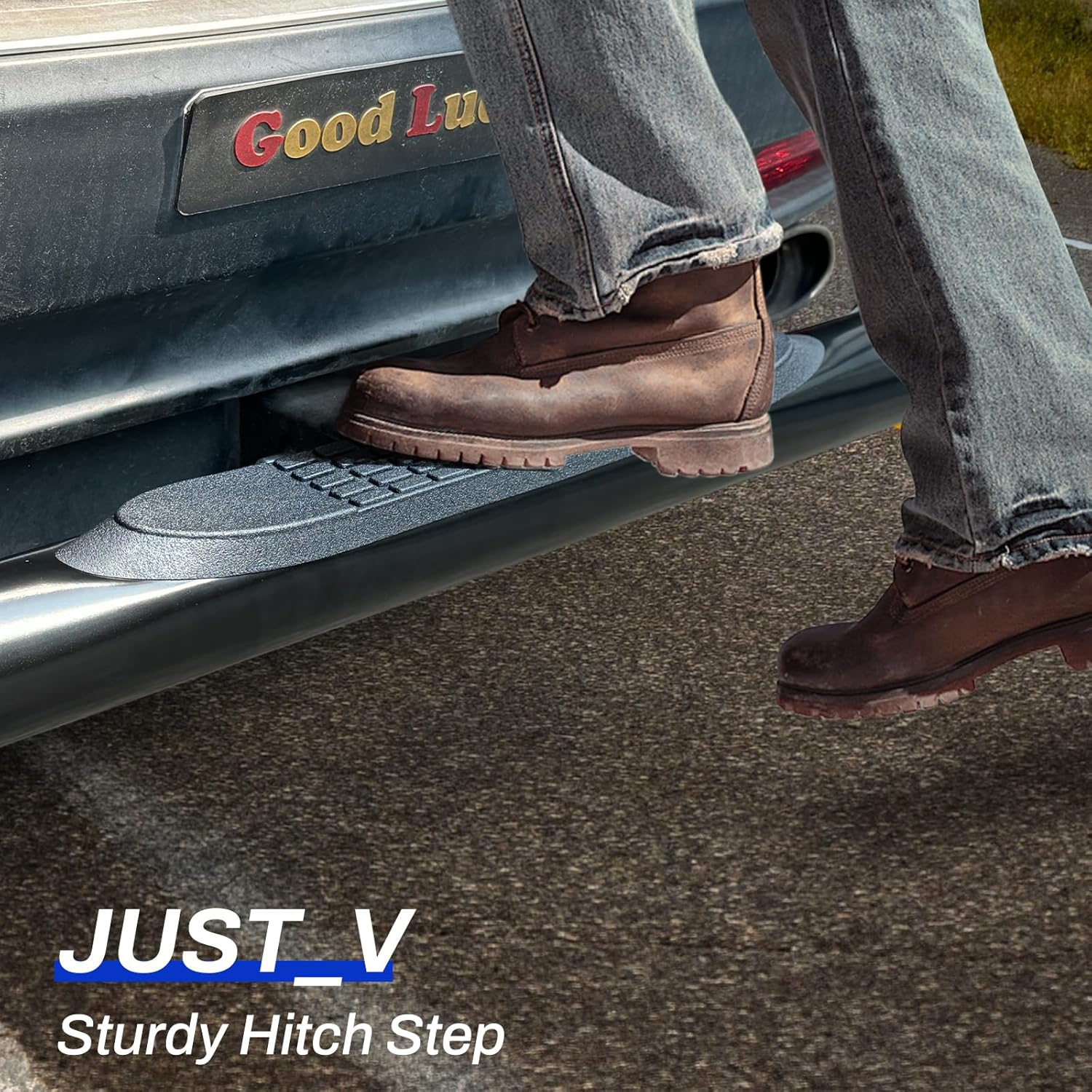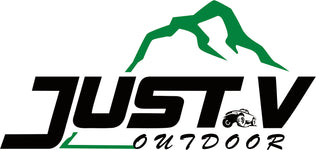
Running Boards vs. Side Steps: Which One Is Right for Your Truck or SUV?
Truck steps, also called running boards or side steps, are popular add-ons for trucks and SUVs, making it easier for passengers to get in and out. These terms often get mixed up, but there are some key differences in how they look and function. Sometimes the wording can be confusing, so this article will break down the differences clearly.
What Are Running Boards
Running boards are wide, flat stepping surfaces that extend along the length of a vehicle’s lower frame. They provide a secure and stable platform for stepping in and out of high-clearance vehicles. Typically, they are constructed from aluminum, steel, or reinforced plastic and feature a non-slip surface to enhance traction.
One of the key advantages of running boards is their full-length design, which offers a consistent stepping area for both the driver and passengers. Because they sit flush against the vehicle’s body, they also provide some protection against road debris, mud, and dirt, preventing these elements from splashing onto the doors and side panels.
Many modern running boards come equipped with retractable mechanisms, allowing them to automatically extend when the doors open and retract when they close.
Pros of Running Boards:
-
Wider stepping surface for added safety and convenience.
-
Flush design that complements the vehicle’s aesthetic.
-
Provides protection against dirt, mud, and rocks.
-
Retractable options available for enhanced functionality.
-
Great for families and those needing extra stability.
Cons of Running Boards:
-
Lower ground clearance can be an issue for off-road vehicles.
-
Can collect dirt and debris over time, requiring frequent cleaning.
-
Fixed running boards may limit access to the undercarriage.
What Are Side Steps
Side steps, also known as nerf bars or step bars, are a more compact alternative to running boards. Instead of a full-length platform, side steps feature individual stepping pads positioned under each door. They are commonly used on trucks, Jeeps, and off-road vehicles, as they provide a rugged, sporty appearance.
Unlike running boards, side steps are typically round or oval in shape and are mounted slightly lower and further from the vehicle body. This design makes them an excellent choice for vehicles that require additional clearance for off-roading while still offering easy access to the cabin.
Side steps are made from heavy-duty steel, aluminum, or composite materials and often come with textured grips or rubberized pads to prevent slipping. Some variations, like rock sliders, provide extra protection against rocks and obstacles on rough terrains, making them ideal for off-road enthusiasts.
Pros of Side Steps:
-
More compact and elevated design, making them ideal for off-roading.
-
Less bulky appearance, which enhances the vehicle’s rugged look.
-
Easier to install compared to running boards.
-
Available in different shapes and materials, including rock sliders for extra durability.
Cons of Side Steps:
-
Narrower stepping area, which may be less stable for some users.
-
Limited protection against road debris and mud splashes.
-
Can be harder to use for children or individuals with mobility issues.
Which One Should You Choose
If you prioritize a wider stepping surface, enhanced stability, and additional protection from road debris, running boards are the superior choice. They are particularly beneficial for families, elderly passengers, and individuals who require extra support when entering or exiting a vehicle.
On the other hand, if you own an off road vehicle, truck, or Jeep and need better ground clearance and a sportier look, side steps are the better option. They offer a more minimalist and rugged design while still providing accessibility benefits. Additionally, if you frequently take your vehicle off the beaten path, side steps—especially rock sliders—can protect the undercarriage from damage.
Final Thoughts
Whether you're looking for functionality or durability, consider how you use your vehicle and where you drive most often. If comfort and accessibility are your priority, running boards will serve you well. If you’re an off-road enthusiast who values clearance and toughness, side steps will be the better fit.
For a sturdier and more practical upgrade, check out JustV’s premium running boards—built for durability.
FAQs
Do running boards or side steps require maintenance?
Yes, both running boards and side steps need regular cleaning to remove dirt, mud, and debris that can build up over time. If they have metal components, applying rust protection can help extend their lifespan, especially in areas with harsh weather conditions.
Can running boards or side steps affect my vehicle’s fuel efficiency?
In some cases, fixed running boards can create slight aerodynamic drag, which might have a minimal impact on fuel efficiency. However, retractable running boards reduce this effect by tucking away when not in use. Side steps, being more compact, usually have a negligible impact on fuel consumption.
Are there weight limits for running boards and side steps?
Yes, most running boards and side steps have weight capacities ranging from 300 to 600 pounds per step, depending on the material and design. Heavy-duty options, such as reinforced steel side steps, can support even more weight, making them ideal for larger trucks and commercial vehicles.
